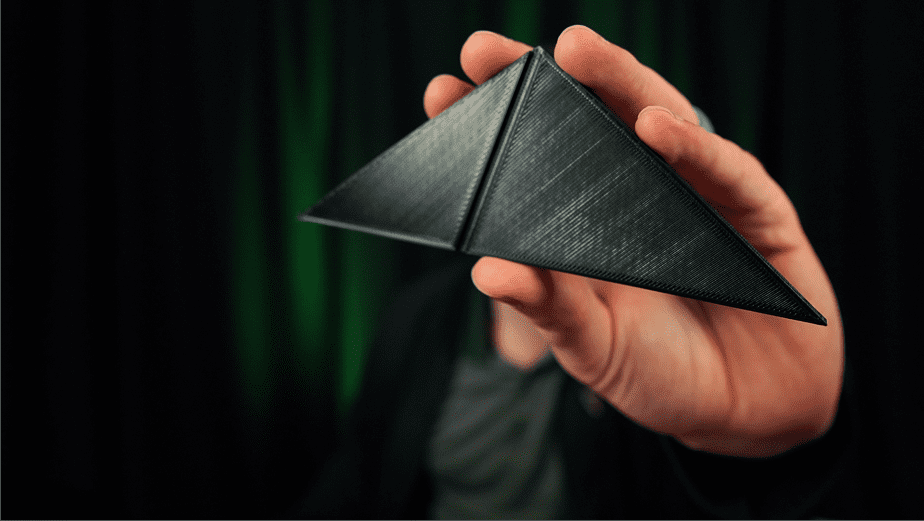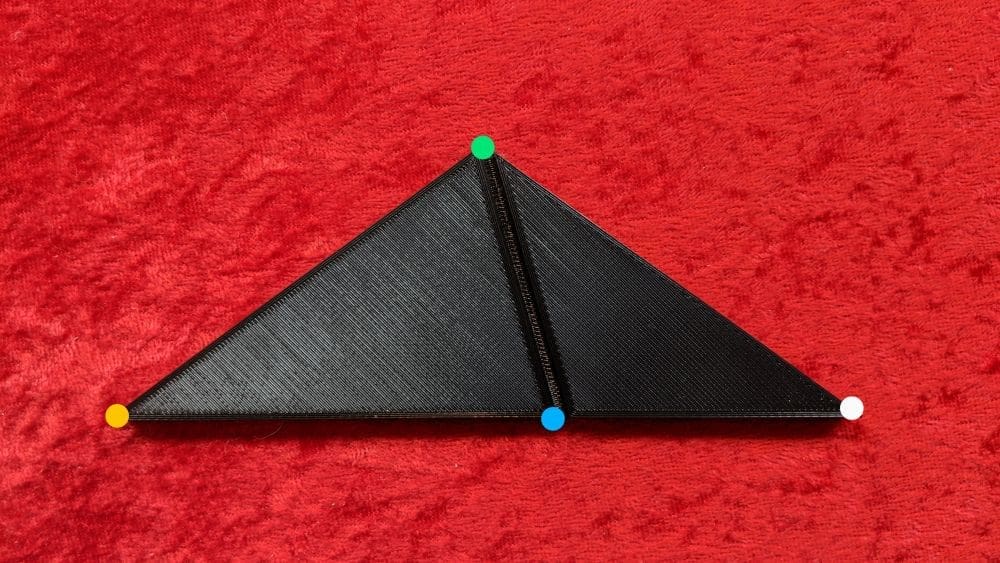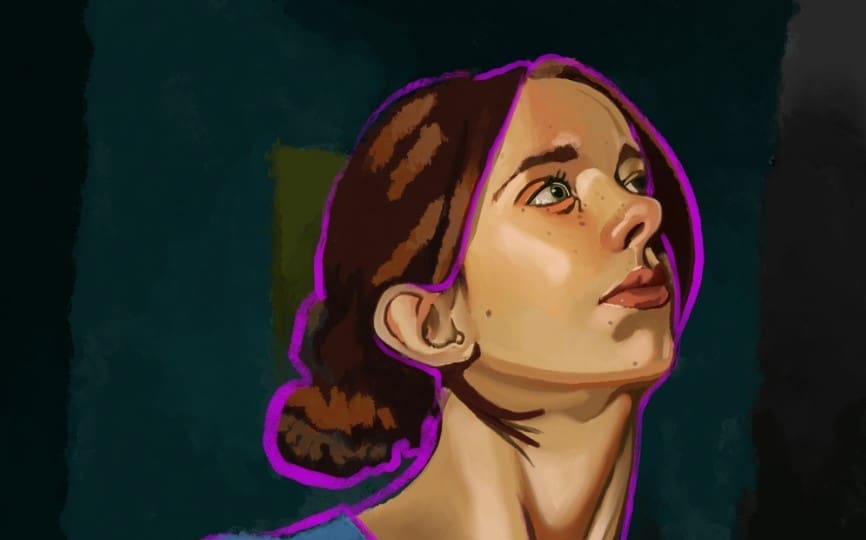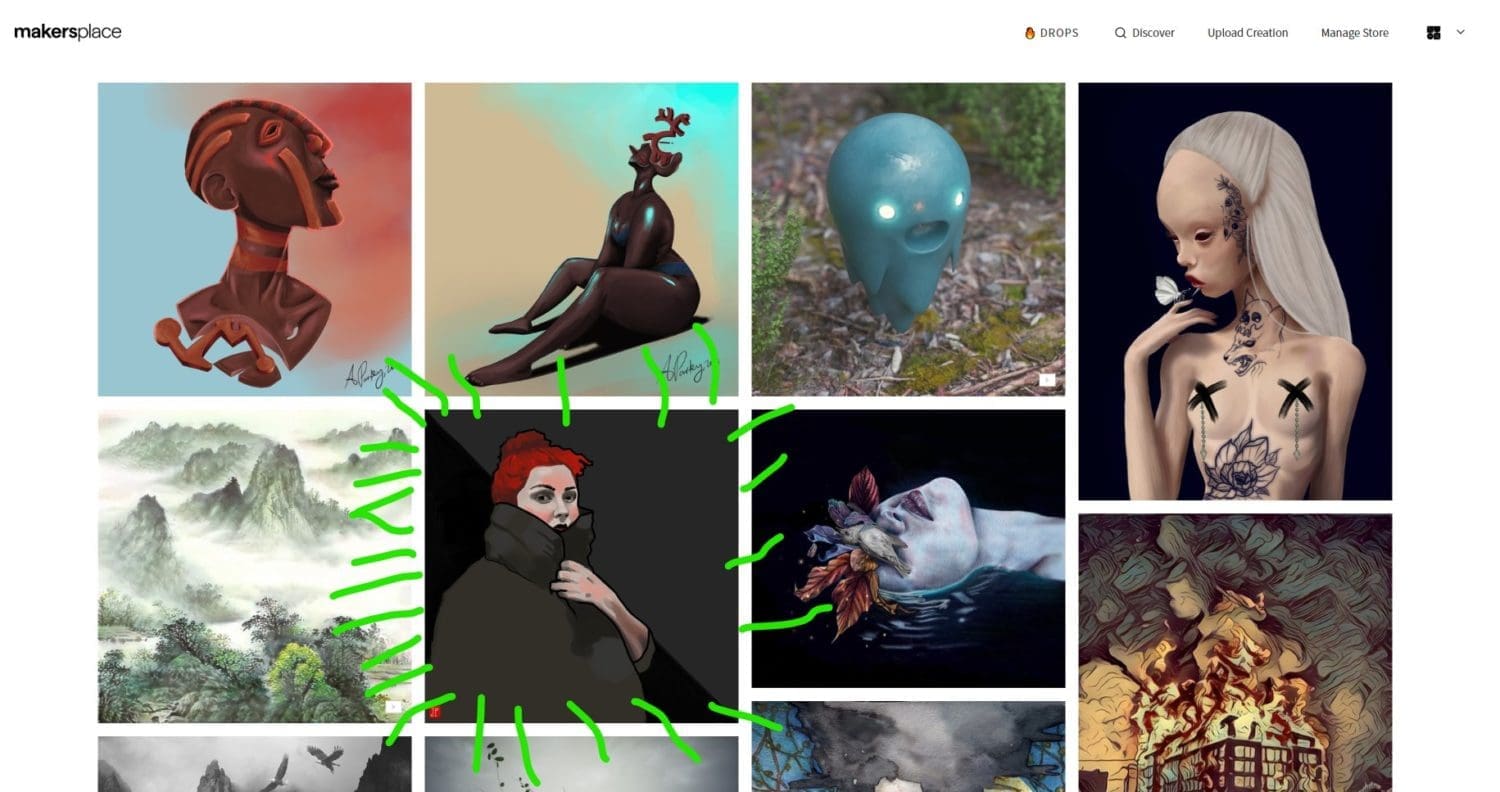That word in the title is not a mistake.
It’s French.
And it’s a fancy term I learned back in college when I was getting my degree in art.
Tompe l’oeil means “to fool the eye” and the term became popular in the 1800’s even though the technique had been in use for a couple hundred years already.
Look back at the image up top.
It’s a painted ceiling in a museum in Italy.
Done in 1503-1506ish.
Imagine you walk into a huge vaulted room, and eventually look up.
You see a whole second story with people standing by a balcony looking down on you.
And it takes your brain a couple seconds to realize, “wait, no, that’s not real.”
The painter has just fooled your eye.
And then there’s this one:

It’s titled “Escaping Criticism” by Pere Borrell del Caso from 1874, and I think we can all identify with the title, at least.
And think about it.
What would you need to understand if you wanted to paint something like this?
First off you’d have to understand perspective and the way that walls and corners seems to warp away to a far-off “vanishing point.” You’d have to anticipate where the viewer will stand when looking at your work and fully imagine what the “right” perspective would look like from that position. If you’re a couple feet off, the illusion is broken.
You’d also have to understand how light works. You’d have to understand where the painting’s light source should be. You’d have to know where the real-world light source will be in relationship to where the painting will be hung. You have to understand how light works with color.
Oh, and you’d have to understand how paint works. What happens when you combine two colors? What happens when you combine red and blue? What happens when you combine this other red with this other blue. You get something completely different, right?
Very quickly you can appreciate that you have to understand the real world better than the average person if you are going to paint something that looks so real that it will “fool the eye.”
Paradoxically, the better the illusion, the more skilled the artist.
The artist who can perfectly represent reality in an unreal medium has studied reality more deeply and for longer than you can possibly imagine.
What’s The Lesson?
Here’s the idea: if you want to be a better communicator then there’s no better way to improve on telling the truth than learning how to lie effectively.
Once you learn how to “fool the mind” you can use these perfect skills of mimicry to represent your ideas & reality more effectively than someone who has never gone through the trouble of understanding the other person’s position (literal, mental, political, etc), their perspective, what ideas light their world, and the parallels continue.
This is why I say that magicians are the world’s best communicators. They’re “honest liars” to borrow a phrase from my dear friend and mentor James Randi.
Magicians have gone through a painstaking process of deeply understanding how people see the world, how they make up their mind about what they’ve seen, and what opportunities there are for that process to go haywire.
So, if you want to be more effective at helping people. If you want to be more successful at pitching your company. If you want to be better at getting people to see your point of view, then I highly recommend that you learn how to perform a magic trick.
At first you won’t be very good at it. That’s ok. That’s why you need to practice. A lot.
Then, you can try it on a friend. And it’ll be bad. And that’s ok.
Soon, however, you’ll get a puzzled reaction. That’s an improvement! You’ll know you’re on the right track!
Eventually you’ll understand every little word & move that you have to do to get a big WOW! reaction from perfect strangers, and you’ll appreciate how hard it is to successfully communicate an idea; no matter how simple it may be.
If you want a recommendation of what trick to start with, I have two for you.
First is in a video I made not too long ago. It’s free. It’s on YouTube, and it’s a pretty cool card trick.
Click the picture to learn:

And the second recommendation is for you to buy my book “[think] Like A Mind Reader.”
I’ve packed it full of lessons & insights I’ve learned from my decades traveling the world as a professional mind reader, solopreneur, presenter, consultant, and so on.
Also, I secretly integrated a mind reading trick into the pages of the book. So, the book itself is the prop you need to fool your friends and make them think you can read their minds. The instructions are hidden deep in a random chapter that you will only find if you read carefully.
Sidenote: This is why there will never be a digital copy of the book. The whole goal is to help you be a better communicator, and learning how to perform the book’s mind reading trick is the whole meta-context for putting my ideas into practice! You can’t do that with a digital book, so I won’t let you rob yourself of that skill.
Go buy a copy on Amazon and let me know how it goes!
And now, hopefully, you understand why learning how to lie is the best practice for communicating the truth. Because the truth is too difficult, too complicated, and too detailed to leave up to amateurs.




















